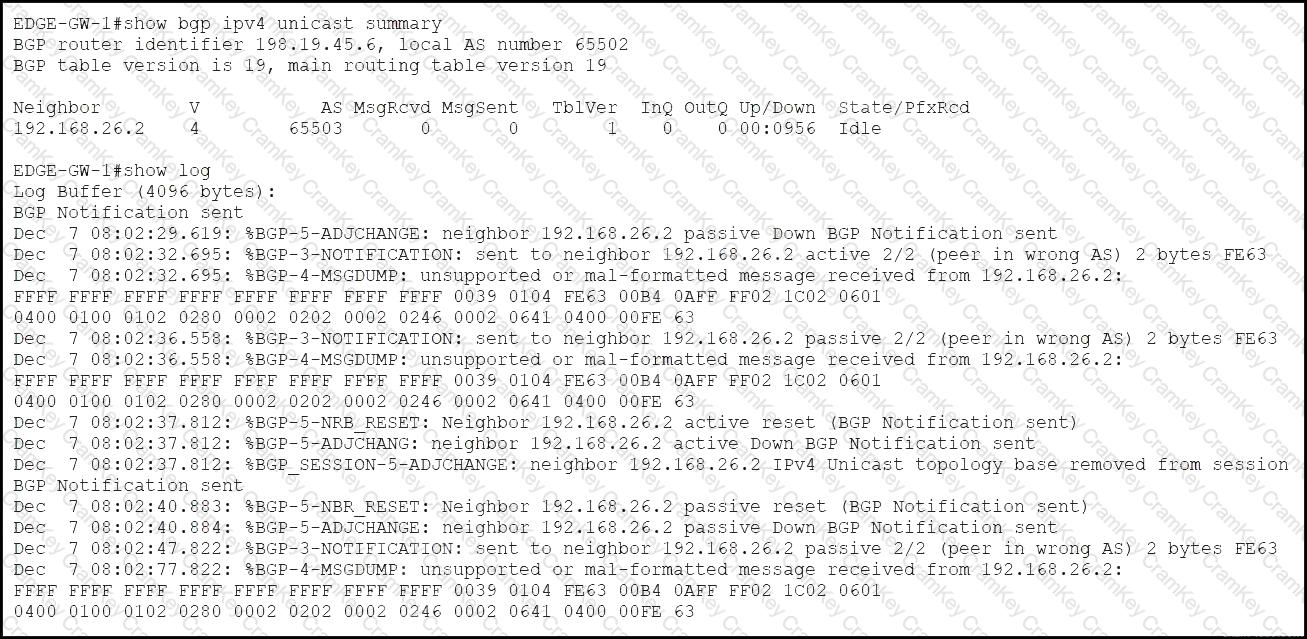Explanation: When implementing traffic shaping on a network, the goal is to control the rate of traffic being sent into the network to avoid congestion. This is done by buffering excess packets and then scheduling them to be sent out at a steady rate.
Option A is correct because traffic shaping requires a queue with sufficient memory to buffer excess packets. When the traffic rate exceeds the configured maximum rate (shaping rate), the excess packets are temporarily stored in the queue until they can be sent out, ensuring a smooth flow of traffic without overwhelming the network1.
Option B is also correct as traffic shaping involves configuring token values in bytes. Tokens are used to represent permission to send a certain amount of data. The token bucket is filled with tokens at a steady rate, and packets can only be sent if there are enough tokens in the bucket. The token values determine the size of the bucket and the rate at which it is refilled, which in turn controls the rate of traffic1.
Option C is incorrect because packet remarking for excess traffic is not a component of traffic shaping. Packet remarking is typically used in conjunction with policing, where packets that exceed the rate limit can be remarked to a lower priority for downstream handling1.
Option D is incorrect in the context of traffic shaping. While a scheduling function is used to handle the packets that are delayed due to buffering, the scheduling itself is not part of the shaping mechanism but rather a function of the queuing system that works alongside shaping1.
Option E is incorrect as it pertains to traffic policing, not shaping. In traffic policing, packets that exceed a certain threshold are discarded or remarked, whereas shaping delays excess packets by buffering them1.
References: The information provided here is based on the Quality of Service (QoS) Configuration Guide from Cisco, which details the components and implementation of QoS, including traffic shaping1.
